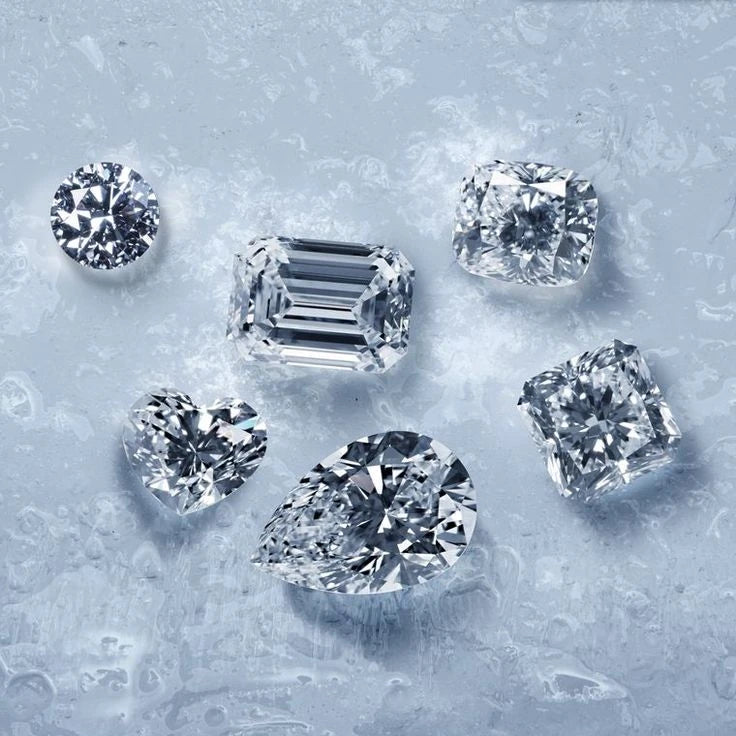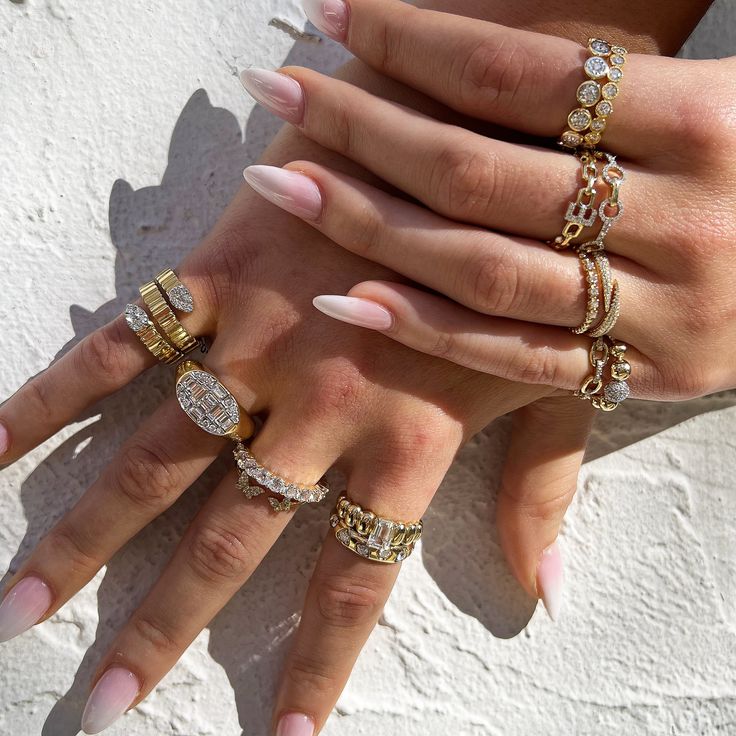Lab-Grown Diamond Grading Reports: What You Need to Know
When purchasing a lab-grown diamond, one of the most critical aspects to consider is its grading report. Just like natural diamonds, lab-grown diamonds are evaluated based on specific quality parameters to ensure transparency and authenticity. Understanding these reports can help you make an informed decision.
What is a Lab-Grown Diamond Grading Report?
A grading report (a certificate) is an official document issued by a reputable gemological laboratory. It provides detailed information about a diamond’s quality based on the 4Cs: Carat, Cut, Color, and Clarity.

Who Certifies Lab-Grown Diamonds?
Several well-known gemological laboratories provide grading reports for lab-grown diamonds, including:
-
IGI (International Gemological Institute)
-
GIA (Gemological Institute of America)
-
GCAL (Gem Certification & Assurance Lab)
-
HRD (Hoge Raad voor Diamant)
Each institution follows rigorous evaluation procedures to assess the quality and characteristics of lab-grown diamonds.

Key Components of a Grading Report
-
Carat Weight – Indicates the diamond’s weight in carats.
-
Cut Grade – Evaluates how well the diamond has been cut and faceted.
-
Color Grade – Ranges from D (colorless) to Z (light yellow/brown).
-
Clarity Grade – Assesses internal and external imperfections.
-
Fluorescence – Determines if the diamond emits a glow under UV light.
-
Growth Method – Specifies whether the diamond was created using HPHT (High Pressure High Temperature) or CVD (Chemical Vapor Deposition).
-
Laser Inscription – Many lab-grown diamonds have a laser-inscribed unique identification number that matches the grading report.
Why is a Grading Report Important?
-
Authenticity Verification: Ensures the diamond is a genuine lab-grown stone.
-
Quality Assurance: Helps buyers understand the diamond's characteristics.
-
Resale & Insurance Purposes: Many insurers require grading reports for valuation.
-
Confidence in Purchase: Knowing the diamond's specifications helps buyers choose the best quality for their budget.
How to Read a Lab-Grown Diamond Certificate
-
Compare the color and clarity grades with market standards.
-
Check for the laser inscription number on the diamond to match the certificate.
-
Look at the cut grade as it significantly affects brilliance.
-
Verify the growth method to understand how the diamond was created.
Final Thoughts
Purchasing a certified lab-grown diamond ensures that you’re getting a high-quality and ethical gemstone. Always request a grading report from a reputable lab when buying a diamond, whether for an engagement ring, wedding band, or fine jewelry piece. This guarantees that you receive exactly what you’re paying for.




